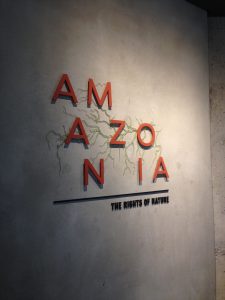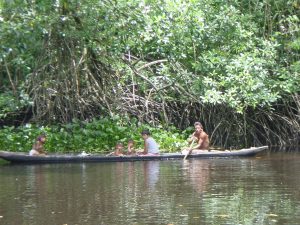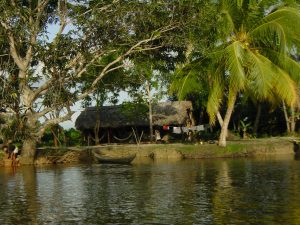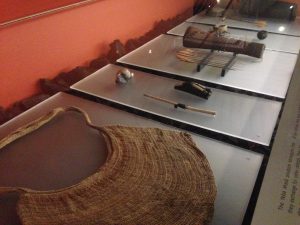As the school year comes to a close it is so important and extremely valuable to reflect on what we have learned and the progress we have made. ASTU and the Co-ordinated Arts Program as whole has had a profound impact on me as both a university student but also as a maturing human. Before entering CAP and the Global Citizens stream I had no doubt of what it meant to be a global citizens yet as time went on, this program made me question what it actually means and if we should be so willing to accept what it entails. The ASTU course enabled me to view global citizenship and people’s contribution to the world in general by taking on the perspective of a literary scholar and analysing this through a multitude of mediums. We have had the opportunity to read graphic novels that share a more personal perspective like Persepolis as well as a more journalistic style of graphic novel such as Safe Area Gorazde.
Our final piece of text was the film American Sniper which follows an American Marine soldier who has the most kills of any American sniper. While this was not my first time seeing this movie my perspective was quite different after reading both Patrick Deer’s essay, “Mapping Contemporary War Culture” and Judith Butler’s first chapter, “Survivability, Vulnerability Affect” from her novel Frames of War: When is Life Grievable?. Patrick Deer’s focus of his essay revolved more around the socialisation process of militarisation that takes place in society. He did this through investigating how military words have infiltrated mainstream English language, for instance saying the “battle” or “fight” against cancer, contributing to the war metaphor. He also explored TV shows and movies. A main focus Deer took was looking at the HBO series The Wire which looks at narcotics in Baltimore through the lens of both drug dealers and law enforcement officers. Deer argues that The Wire’s “ironic portrayal” (77) of the dysfunction that lives with urban institutions is a way to open a up a critique by the human cost of the internal wars that exists; the war on drugs and the war on terror. Through these investigations he made the overarching argument of the banalisation and normalisation of war.
Judith’s Butler focuses on a broader topic discussing the precarity and precariousness of life. Butler posits that, by nature, all lives are vulnerable but some are more vulnerable than others. Her essay points out the paradox between both “sides” having a common goal yet without each side realising this. Butler’s essay continues to explain how creating an “us vs them” mentality makes it easier to kill other people. In fact, it is not viewed as killing because the lives lost were never considered to be lives to begin with. Perhaps a great example that embodies this text is the poem we read titled, You Throw a Stone by Juan Felipe Herrera. The syntax and the content of the poem shows the mutual pain that both sides experience. At the same it makes the reader come to understand that there are not two sides, not to suggest that we are all the same, but instead that we all experience loss and pain. The poem, in its brevity, shows how conflicts can escalate and take on a life of their own without truly comprehending how and why they even started. Each of these texts resonated with me quite deeply and have caused me to reevaluate how I look at war and the ways in which it is represented.
These texts in particular are what made me critique American Sniper the most. It became so obvious and clear how the film, and many other war films, play off of the the “us vs them” approach to continue the breach between each side. Moreover, any acts of killing that were conducted by American’s were portrayed as necessary and heroic. When any civilians or soldiers were killed by the other side, the Iraqis, it was represented as a heinous and horrific act. Not that I condone any act of killing, media representations such as these will perpetuate the animosity that exists and will continue the deaths that occur. It is situations such as this that make it crucial to read academic pieces and to be critical and aware. I am truly grateful to have been a part of this unique and eye-opening program and have had the opportunity to have had access to a wide array of literary pieces. I know that I will continue to go through my university experience and life with a critical eye.



